10 Sizzling Secrets Behind the Perfect Jambalaya Spice Blend That’ll Blow Your Mind (And Kitchen!)
Jambalaya — that rich, hearty Southern dish packed with flavor, history, and a bit of heat — owes much of its magic to one unsung hero: the jambalaya spice blend. Whether you’re a seasoned home cook or just starting your culinary journey, mastering this versatile seasoning can elevate your dishes from basic to bold in seconds.
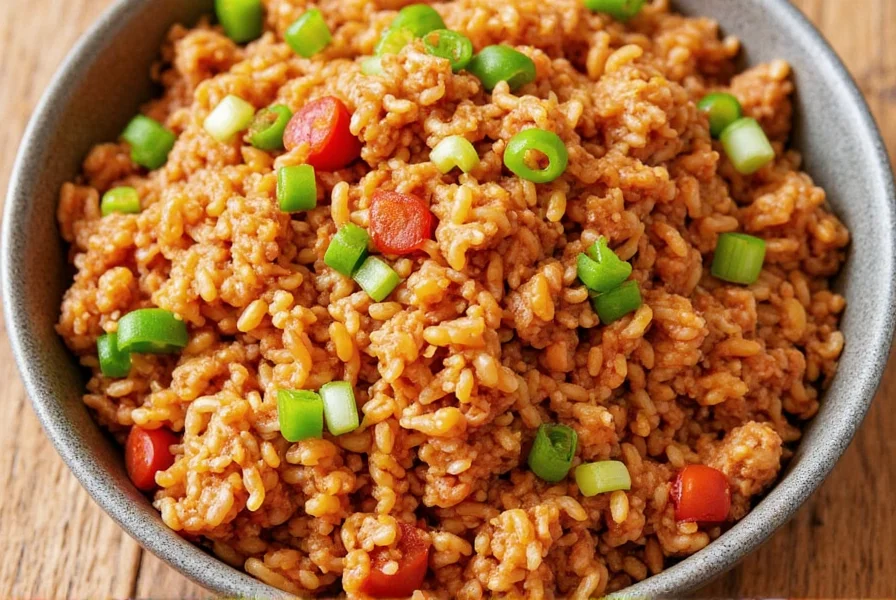
Table of Contents
- A Taste of History: Where Did Jambalaya Come From?
- What’s Inside a Classic Jambalaya Spice Blend?
- Comparing Popular Jambalaya Spice Blends
- 5 Pro Tips for Using Jambalaya Seasoning Like a Chef
- Buying Guide: Choosing the Best Jambalaya Spice Blend
- Final Thoughts
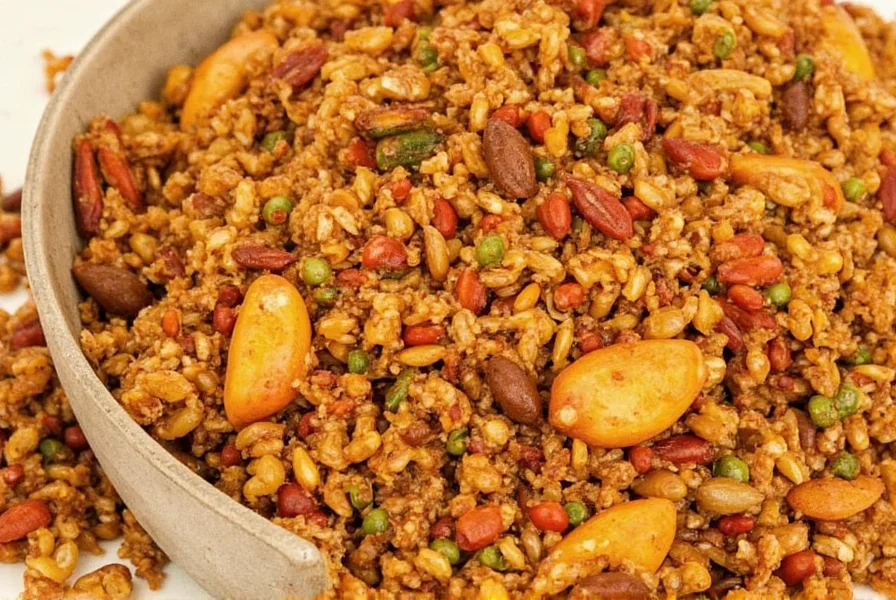
A Taste of History: Where Did Jambalaya Come From?
The story of jambalaya is as layered as the flavors in the dish itself. It originated in Louisiana, particularly in New Orleans, blending influences from Spanish paella, French Creole cooking, and African American traditions. The word “jambalaya” is thought to come from the Provençal word *jambala*, meaning ham, or possibly from the Spanish phrase "jamón y all-i-oli."
Unlike paella, which uses saffron, jambalaya relies on a complex mix of spices to deliver its signature taste. At the heart of it all? The jambalaya spice blend.
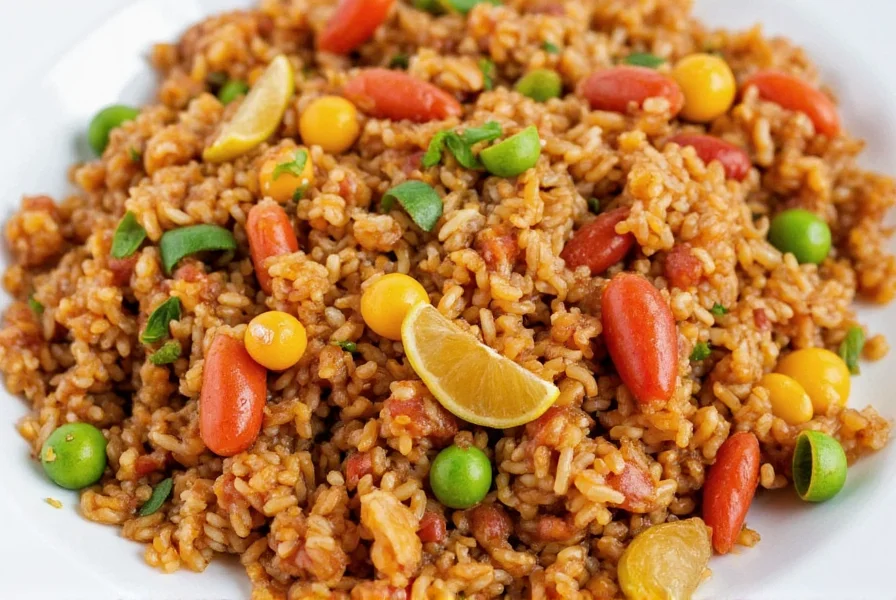
What’s Inside a Classic Jambalaya Spice Blend?
While every recipe varies slightly depending on regional preferences and family traditions, most jambalaya spice blends share a few key ingredients:
- Paprika – Adds color and mild sweetness
- Cayenne Pepper – Brings the heat
- Garlic Powder – A savory, aromatic base
- Onion Powder – Enhances depth
- Thyme – Earthy, herbal undertones
- Oregano – Bold, Mediterranean flair
- Salt & Black Pepper – Essential seasoning duo
| Spice | Flavor Profile | Role in Jambalaya |
|---|---|---|
| Paprika | Mildly sweet, earthy | Colors the rice, adds warmth |
| Cayenne Pepper | Hot, pungent | Adds kick without overpowering |
| Garlic Powder | Pungent, savory | Lays foundation of flavor |
| Onion Powder | Subtle, sweet-savory | Complements garlic, builds complexity |
| Thyme | Herbaceous, minty | Brings fresh notes to a heavy dish |
| Oregano | Bold, spicy | Adds rustic depth |
| Salt & Pepper | Savory, sharp | Essential balance and seasoning |
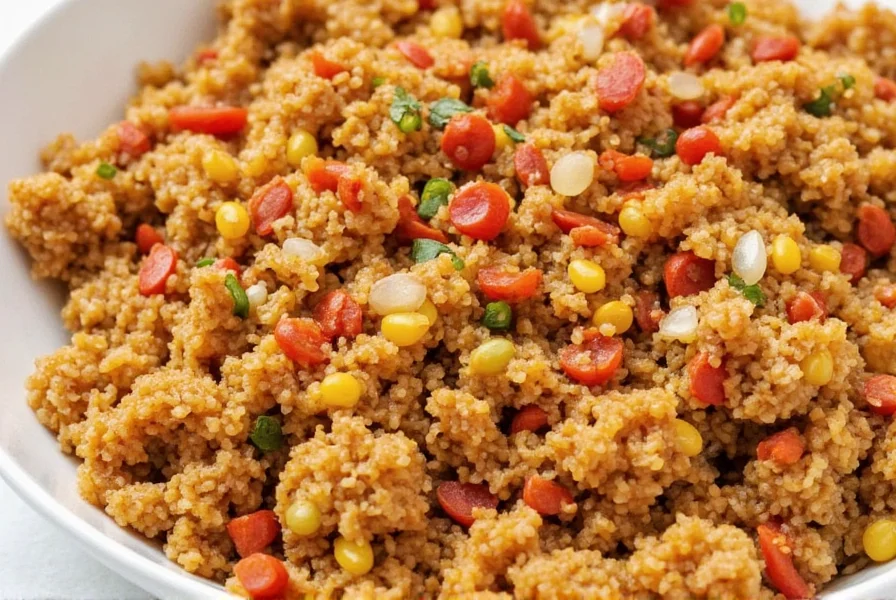
Comparing Popular Jambalaya Spice Blends
If you're not making your own spice blend, choosing the right store-bought version can make or break your dish. Here's how some popular brands stack up:
| Brand | Key Ingredients | Heat Level | Best For |
|---|---|---|---|
| Slap Ya Mama | Red pepper, salt, paprika, garlic | Medium-High | Cajun-style jambalaya, meat lovers |
| Zatarain’s | Corn starch, salt, red pepper, thyme | Medium | Beginners, convenience kits |
| Tony Chachere’s | MSG, salt, garlic, cayenne | Mild-Medium | Families, kids-friendly meals |
| Creole Gourmet | All-natural, no additives | Customizable | Health-conscious cooks |
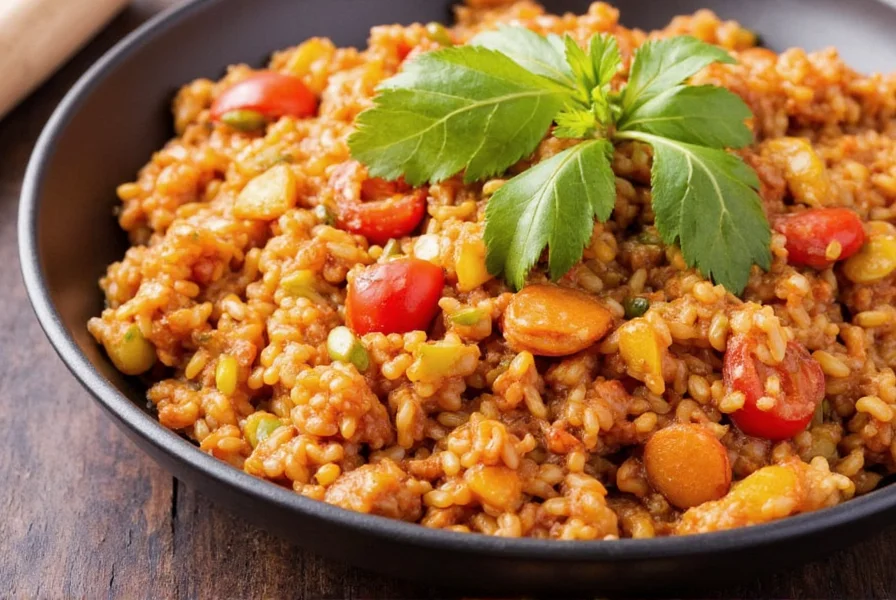
5 Pro Tips for Using Jambalaya Seasoning Like a Chef
- Taste as You Go: Don’t dump the whole container at once. Start with a small amount and adjust as needed.
- Rub It In: Use jambalaya seasoning as a dry rub for meats like chicken or sausage before sautéing.
- Layer Flavors: Add a spoonful during each stage of cooking for deep, lasting flavor.
- Pair with Citrus: A squeeze of lemon or lime can brighten up the richness of a jambalaya dish.
- Don’t Skip the Rest: Letting the dish rest for 10–15 minutes after cooking allows flavors to meld beautifully.
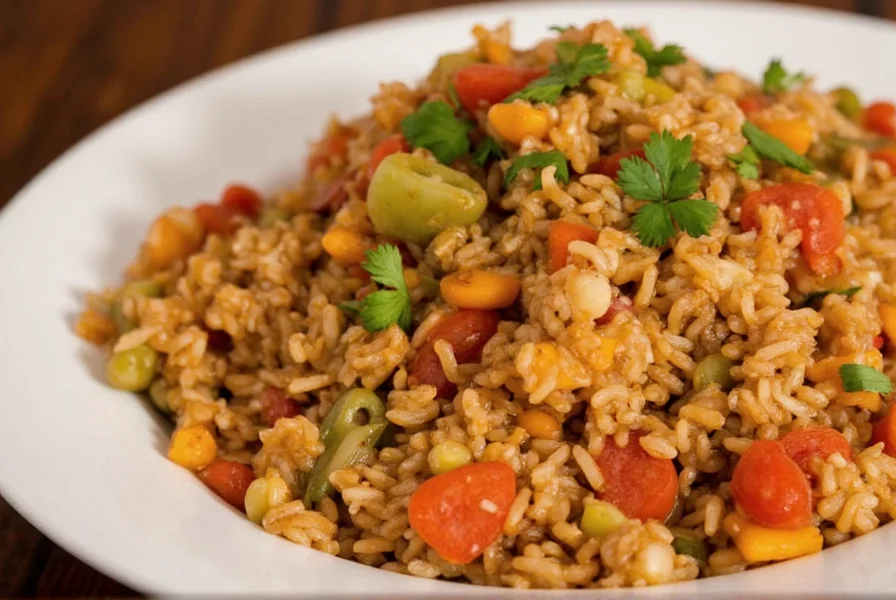
Buying Guide: Choosing the Best Jambalaya Spice Blend
With so many options out there, how do you choose the perfect blend? Consider these factors when shopping:
1. Heat Level
Are you a fire lover or prefer milder flavors? Choose a blend that matches your spice tolerance. If unsure, opt for medium heat with adjustable seasoning.
2. Ingredients List
Read labels carefully. Look for natural spices without unnecessary fillers, preservatives, or artificial flavors.
3. Intended Use
Some blends are tailored for rice-based jambalayas, while others work better for seafood or gumbo-style dishes. Match the blend to your meal!
4. Dietary Preferences
Vegan? Gluten-free? Low sodium? There are blends designed to meet every dietary need. Always double-check packaging.
5. Brand Reputation
Stick to trusted names in Cajun cuisine unless you’re feeling adventurous and ready to experiment with new products.
Top Picks for Different Needs
| Name | Features | Target Audience | Best Occasion |
|---|---|---|---|
| Slap Ya Mama Original Blend | High heat, classic Cajun profile | Spice lovers, carnivores | Tailgating, BBQ nights |
| Zatarain’s Ready Mix | Premixed with rice, quick prep | Busy families, beginners | Weeknight dinners |
| Tony Chachere’s Creole Seasoning | Well-balanced, kid-approved | General use, crowd pleasing | Potlucks, parties |
| Creole Gourmet All-Natural Blend | No additives, gluten-free | Health-focused cooks | Dinner parties, wellness meals |
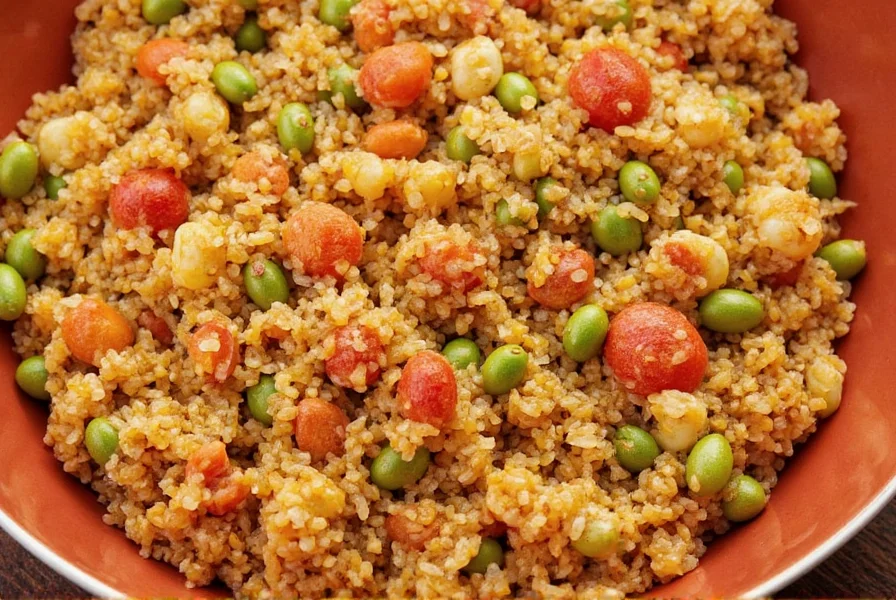
Final Thoughts
The secret to a knockout jambalaya starts long before the pot hits the stove — it begins with the right spice blend. Whether you’re mixing your own or picking a favorite off the shelf, understanding the components and their roles will help you craft a dish that sings with flavor.
So next time you’re in the kitchen dreaming of Louisiana soul food, don’t underestimate the power of a good jambalaya spice blend. It’s more than just seasoning — it’s a passport to flavor town, served hot and spicy, one bite at a time.


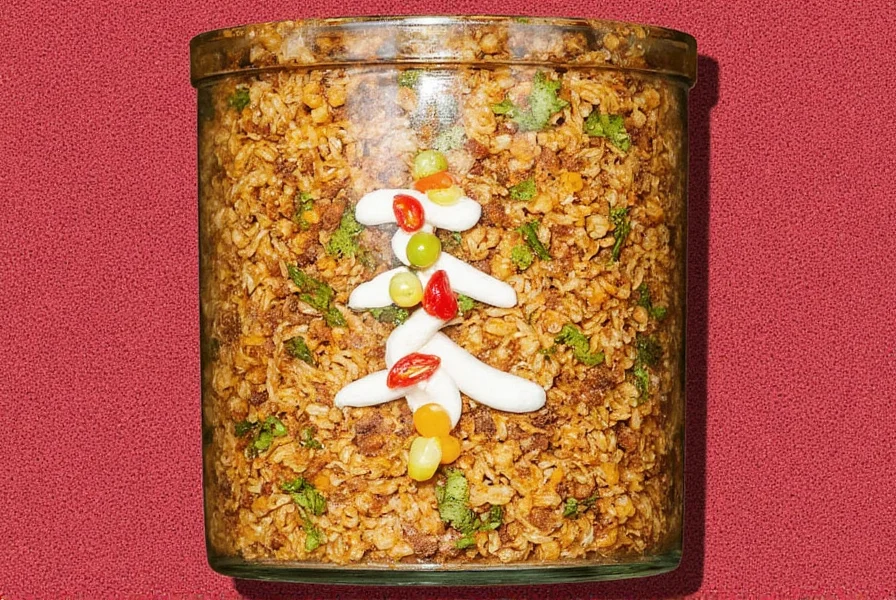









 浙公网安备
33010002000092号
浙公网安备
33010002000092号 浙B2-20120091-4
浙B2-20120091-4